The Traditional Approach to Estimating Fish Populations Is the
This method involves restrictive assumptions about capture probabilities that can lead to biased estimates especially of population size and recruitment. Understanding bias and precision becomes particularly important when determining whether to estimate population parameters directly or to estimate population parameters in-directly by means of indices.

New Embroidery Book By Penguin Fish Sew Stitch Embroidery Love The Oversized Stitching Embroidery Book Embroidery Stitches Stitch Book
Traditionally fish stocks were managed individually to keep them at sustainable levels.

. Estimate the energy content of fish. N 243 x 235 27. Maximum sustained yield model to project maximum number of fish that can be harvested annuals without causing population drop.
CHARACTERISTICS OF RIVER POPULATIONS Fish populations of rivers show many. The traditional approach to estimating fish populations is the. Therefore implementing and understanding the strengths and weaknesses of new approaches which incorporate acoustic and optical methods has become a priority for reef fish stock assessment.
Reef fish species tend to reside over high relief habitat which makes them difficult to sample with traditional gears such as nets and trawls. Ecologists have begun to actively analyze such DNA molecules called. Estimating population abundance of wolves in Southeast Alaska is challenging because the densely forested landscape obscures visibility and lowers success of traditional methods such as aerial surveys and radio collar mark-recapture.
A SIMPLE METHOD FOR ESTIMATING THE FOOD CONSUMPTION OF FISH POPULATIONS FROM GROWTH DATA AND FOOD CONVERSION EXPERIMENTS DANIEL PAULy2 ABSTRACf Experimental data on the gross food conversion efficiency offishes KI - growth incrementfood in gested are usually reduced to a model of the form K I aWb. River water lake water and seawater contain DNA belonging to organisms such as animals and plants. Efficiency will produce the most reliable estimates of fish population parameters.
Your population estimate N is. Catch fish mark them and return to them to the lake M Catch some fish again C Count the marked recaptured fish R Estimate the population N M x CR Example. Twenty years ago theory suggested that STCs could be as effective at managing exploited fished populations at least in terms of numerical yield as traditional fisheries approaches that control fishing mortality directly such as through quotas but the effects of reproductive hyperallometry were not considered.
Mark and recapture is a process where a small group of a particular fish species is captured marked or tagged and then released so they can be recognized during a later recapture. Traditional transect-based aerial surveys of ringed seals during the peak of the molting season on the ice 1921 are not used for population estimation in Lake Saimaa due to the mosaic lake environment and the individuals preference for molting later in the spring on a terrestrial platform. In your second sample you collect 325 fish C.
However the amount of variation attributable to fish size can differ among species and in some cases the relationship changes as fish grow Shearer 1994. The general process for estimating a fish population using the mark-and-recapture method entails. For example some studies have demonstrated that energy density and lipid content can vary with fish size.
Populations of fishes in lakes. How does the newer optimum sustained approach to estimating fish populations differ from traditional. The ecosystem approach builds on the single-species approach by also accounting for how species interact with each other with the environment and with humans.
What is the traditional approach to estimating fish populations. Introduce the fish mark and recapture simulation activity. An index is defined as a number or property that is presumably.
The current method is thus based on the numbers. This method consists of estimating entire lake populations by extrapolating from the number of fish captured using nets deployed in different parts of the body of water. Tabulating data by species and size.
It is shown that the model K I 1. Giving fish identifying marks such as a tag or temporary fin clip. Of those 325 fish 27 were marked from the 1st sample.
The almost sole exceptions are the electro-fishing devices which are of re-cent origin. Collecting a sample of fish of the target species from a discrete section of stream during an initial marking run. We estimate the biogeochemical impact of fish by considering the rate at which energy in the form of biomass passes through the fish community and refer to it as the biomass cycling rate.
Maximum sustained yield The newer approach to estimating fish populations one which takes into account interactions between species and has more room for error is. The model indicates that targeted fish were responsible for cycling biomass at a globally integrated rate of 94 16 Gt year 1 with about half of this cycling 43 07 Gt year. New approaches to estimating individual contributions to population growth and changes in distributions of quantitative traits and alleles include genetic analyses which can lead to even more detailed understanding of the potential for a population to adapt to variations in environmental factors Pelletier et al.
Schneider Estimating the actual numbers of fish in a lake is a difficult and time-consuming process for a number of reasons. For estimating populations are adapta-tions of devices long used to capture fish for food or sport and some of them date back to the beginnings of civiliza-tion. Lake Fish Population Estimates by Mark-and-Recapture Methods James C.
We compare two types of STC. This method is often time. In your first sample you collect 243 fish M.
Traditional ageing methods to estimate the age of each fish require a reader to visually count growth rings on a fishs otolith or ear stone using a microscope. These methods help scientists better understand the numbers and distributions of fish populations. The Jolly-Seber method has been the traditional approach to the estimation of demographic parameters in long-term capture-recapture studies of wildlife and fish species.
Fish and Game to evaluate a new method of assessing wolf populations in Southeast Alaska. Assessing populations for the Nations biggest fisheries such as eastern Bering Sea walleye pollock Gadus chalcogrammus is complex and requires a substantial amount of age data. Beginning in June of 2013 a towed.
Researchers have developed a new non-invasive method to count individual fish by measuring the concentration of environmental DNA in the water which could be applied for quantitative monitoring of.

Pdf A Technical Review On Fish Population Estimation Techniques Non Acoustic And Acoustic Approaches
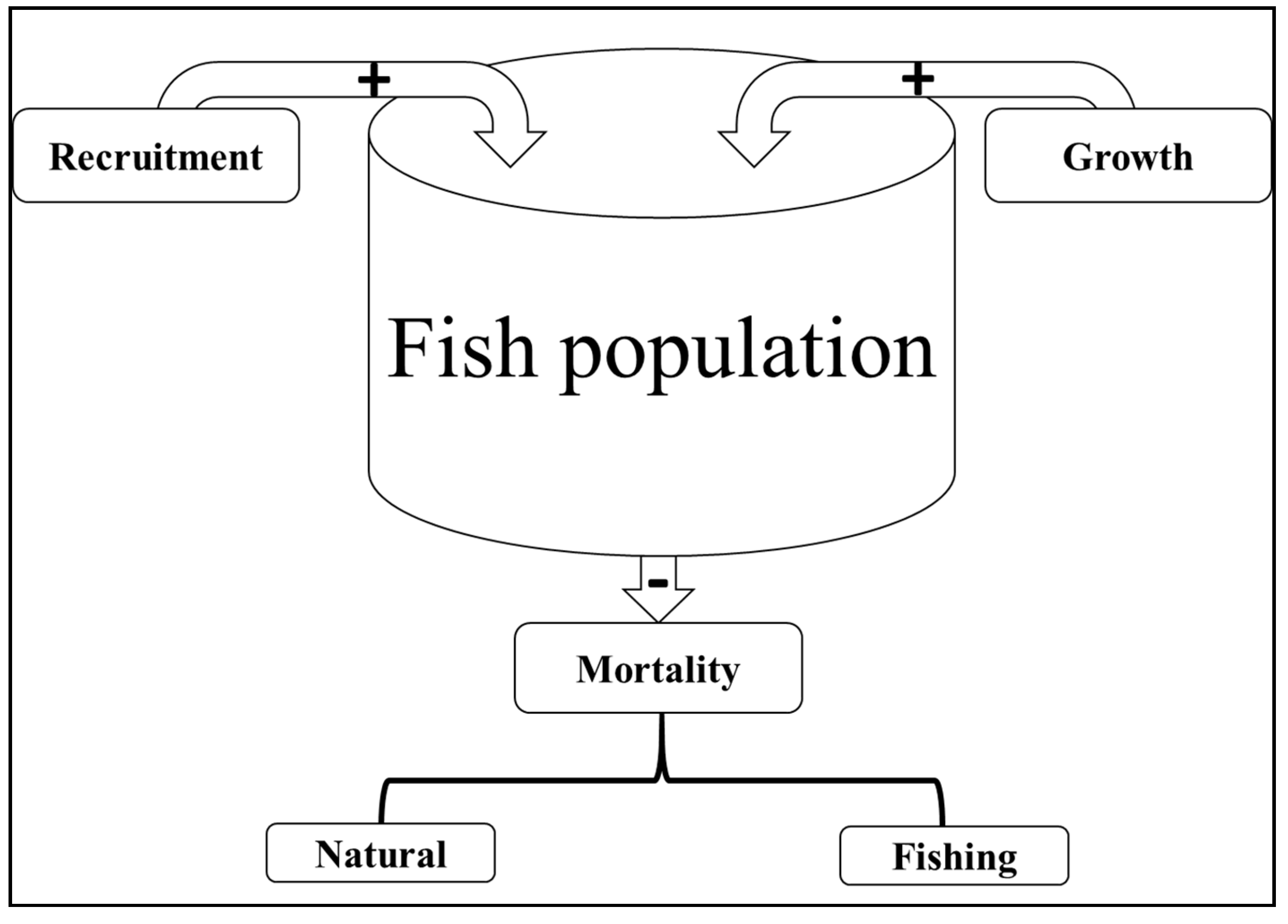
Water Free Full Text Scientific Methods To Understand Fish Population Dynamics And Support Sustainable Fisheries Management Html

Application Of Edna As A Tool For Assessing Fish Population Abundance Spear 2021 Environmental Dna Wiley Online Library

Serving Size And Pasta On Pinterest Pasta Serving Size How To Cook Pasta Dreamfields Pasta

Pecan Lodge Brisket Rub Copycat Brisket Rub Brisket Rubs

Pin On Science For Secondary Grades Biology Chemistry Physics And More

Population Dynamics Worksheet Template Mathematical Model Resource Classroom

Chips Mayai Tanzania Mzungu Nailedit Sarasarebetter Tanzania Food Food Recipes

How Tall How Short How Faraway Measurement Math Classroom Teaching Geometry Math

Pin On Guide To Bordeaux France
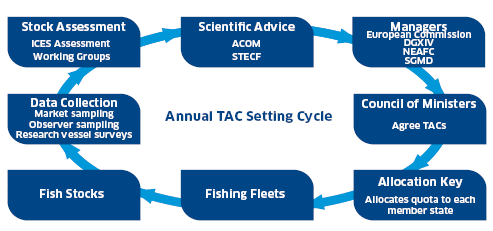
Managing Fish Stocks The Fish Site
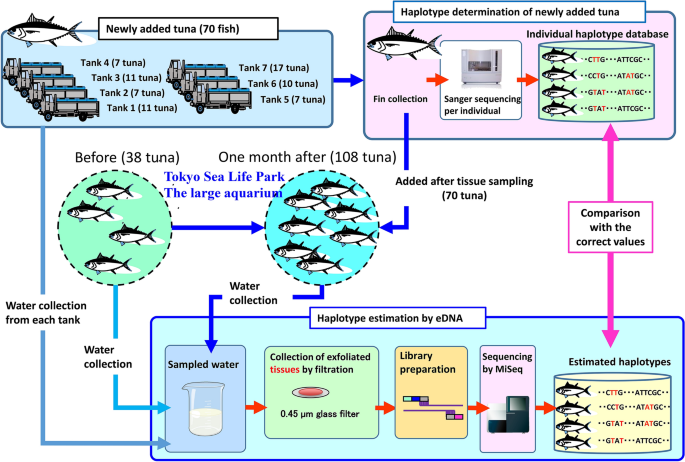
Estimation Of Tuna Population By The Improved Analytical Pipeline Of Unique Molecular Identifier Assisted Haced Seq Haplotype Count From Edna Scientific Reports

Case Study Turtles And Population Models Teaching Ecology Ap Environmental Science Biology

Our Favorite Wedding Eats Ever Wedding Food Stations Food Wedding Appetizers
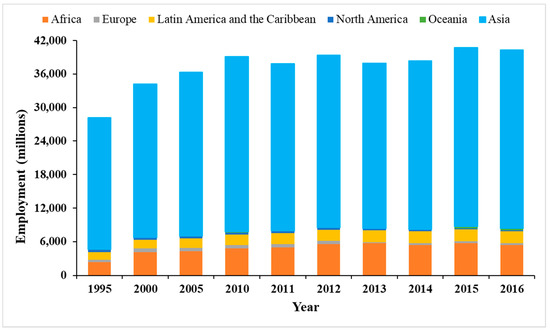
Water Free Full Text Scientific Methods To Understand Fish Population Dynamics And Support Sustainable Fisheries Management Html
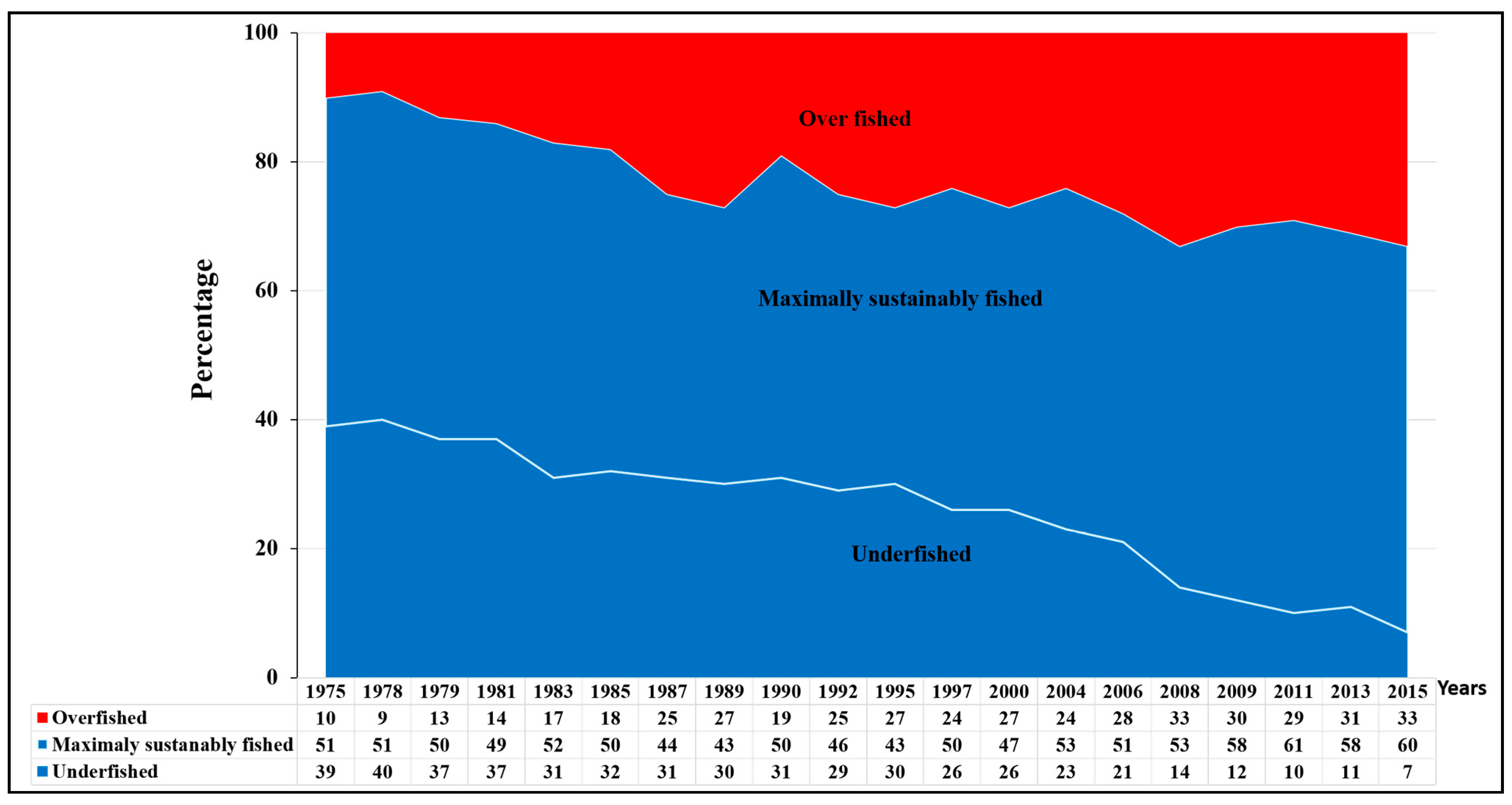
Water Free Full Text Scientific Methods To Understand Fish Population Dynamics And Support Sustainable Fisheries Management Html

Oh Boy 4th Grade High School Math Math School Math Classroom

2020 Yankee Food Awards Top 10 Mail Order Eats Food Awards Food Massachusetts Recipe

House Plan 110 00573 Southern Plan 2 486 Square Feet 4 Bedrooms 3 Bathrooms Southern House Plan Best House Plans House Plans
Comments
Post a Comment